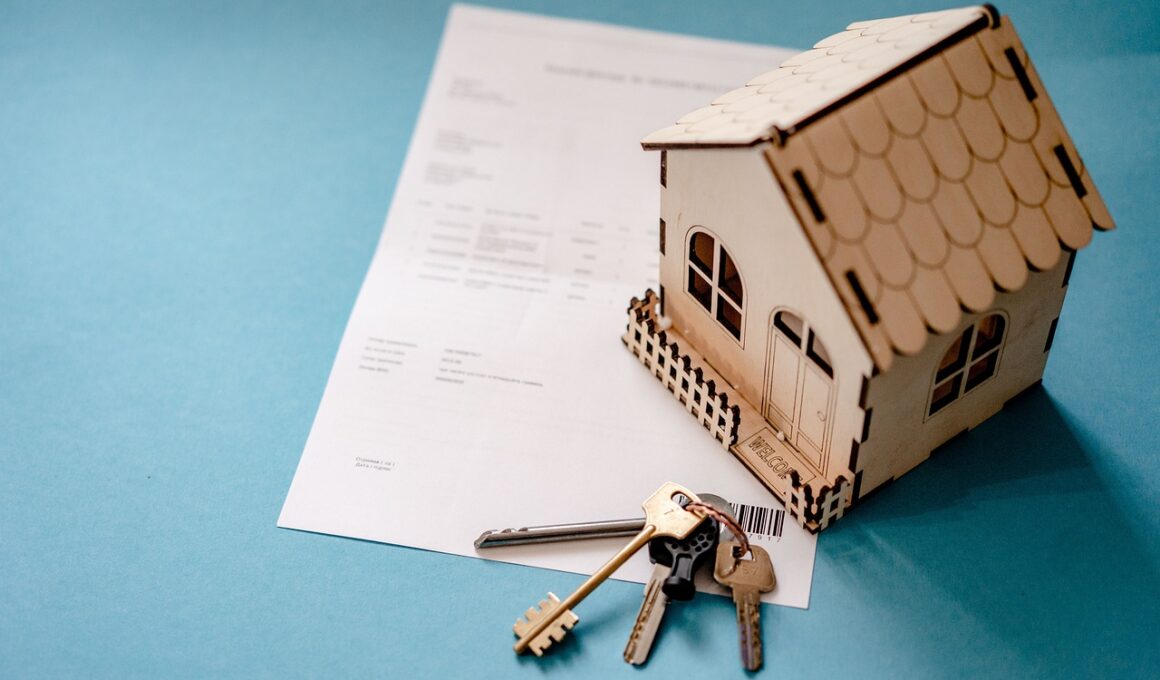Green Building Financing: Loans for Sustainable Commercial Properties
Green building financing represents a vital aspect of the commercial real estate landscape, offering incentives for developers to invest in sustainable properties. Such financing options typically come in the form of loans, specifically tailored to support eco-friendly projects. These loans can cover various expenditures like land acquisition, construction, and development costs while promoting energy efficiency and sustainability practices. Sustainability initiatives are becoming increasingly crucial as property owners aim to minimize environmental footprints while enhancing profitability. Financial institutions are recognizing the value of green certifications, which often translate to lower risk and potentially higher values over time. Investors who prioritize sustainable practices typically see returns that align with socially responsible investing trends. Additionally, these financial products can improve property appeal in a competitive market. Developers can leverage green building certifications to access lower interest rates, making loans more manageable. Financial products like energy-efficient mortgages and tax incentives encourage the development of sustainable buildings without significantly raising the overall cost burden for the developer. Ultimately, green building financing demonstrates how commercial real estate can evolve by embracing sustainable practices while achieving financial returns.
Understanding the criteria for securing green building loans is essential for developers aiming to finance sustainable commercial projects. Many lenders look for specific factors that contribute to sustainability, such as adherence to established green building standards, which may include LEED (Leadership in Energy and Environmental Design) certification. This certification process requires comprehensive documentation proving energy efficiency, water conservation, and sustainable building materials. By meeting these criteria, developers increase their chances of receiving favorable loan terms. Before applying, it’s advisable to conduct a feasibility study to assess potential returns and sustainability benchmarks. Moreover, lenders often favor projects with proactive management strategies that enhance long-term sustainability. Key elements of successful projects may involve the use of renewable energy sources like solar panels and geothermal systems. Integrating smart technology can also facilitate energy management, thus enhancing operational efficiency. By implementing advanced energy solutions, projects not only attract funding but may also qualify for additional incentives, such as rebates or tax credits. Furthermore, it’s beneficial to build partnerships with environmental engineers and architects experienced in green design, ensuring that the project aligns with industry standards and investor expectations.
Advantages of Sustainable Financing Options
Embracing sustainable financing options opens numerous advantages for commercial real estate developers. First and foremost, properties built with environmental considerations often yield higher market values, driven by tenant demand for green amenities and operational savings. This demand increases occupancy rates, which directly contributes to revenue stability. Furthermore, properties meeting green building standards generally command higher rents, allowing owners to capitalize on their investments. Additionally, lenders may lower interest rates for these projects due to reduced risk associated with energy efficiency. By minimizing reliance on conventional energy sources, these properties are less susceptible to fluctuating utility costs, enhancing long-term profitability. Investing in sustainable infrastructure can also lead to reduced maintenance costs, as quality materials and designs promote longevity. Also, various governmental programs support green initiatives, providing further financial backing through grants or tax reductions, making projects more financially viable. Additionally, many investors and stakeholders are becoming more environmentally conscious, making a property’s green credentials a fundamental asset in attracting both investors and tenants. Sustainable financing reinforces a company’s brand image, signifying a commitment to environmental stewardship and responsible business practices.
Several financial institutions have started to focus on providing green building loans specifically aimed at promoting sustainable construction projects. These lenders recognize the urgency of addressing environmental issues and have tailored their loan products accordingly. For instance, some banks offer lower interest rates and more extended payment terms for developments that incorporate eco-friendly features. Ideally, these lenders also assist developers in navigating the often-complex landscape of green financing, helping them understand available certifications and incentives. Developing a cooperative relationship with lenders enables developers to optimize their financing strategy. Additionally, educational workshops and informational resources are increasingly being made available to inform developers about sustainable practices and financing options. Understanding available resources can significantly impact the overall success of a green project. Developing a thorough business plan that showcases the financial benefits of sustainability can also improve loan approval chances. Moreover, collaborating with organizations focused on sustainability may offer credibility and financial incentives. With each project, progress towards sustainable development increases, setting a precedent for future endeavors in commercial real estate financing.
Key Challenges in Green Financing
While green building financing offers significant advantages, developers may encounter challenges when seeking loans for their projects. One of the most pressing issues is the perception of increased upfront costs, which can deter potential investors and lenders. Traditional financing models frequently view these additional investments as riskier, despite long-term savings potential. Misunderstandings surrounding the financial viability of green projects can hinder the approval process. Furthermore, navigating the myriad green certifications can be overwhelming, as each comes with specific requirements and standards. Lack of familiarity with these processes may lead to potential delays or rejections from lenders. Additionally, market demand for green properties can fluctuate based on region and economic factors, which may influence lender confidence. Developers need to conduct thorough market analysis to ascertain project feasibility in their specific locations. Engaging consultants with expertise in sustainable practices can help mitigate these challenges by providing essential guidance. Ultimately, a proactive approach to securing financing and understanding market dynamics is critical for overcoming these obstacles and successfully bringing green commercial properties to fruition.
Looking ahead, the future of green building financing appears promising, with increasing support for sustainable practices in commercial real estate. As climate change concerns continue to escalate, governments are likely to implement policies encouraging green developments and retrofits. This trend can further stimulate investment in sustainable properties by providing additional financial incentives for developers. Growing awareness among stakeholders and consumers means that demand for eco-friendly structures will likely keep rising. Financial institutions are expected to adapt their services accordingly, creating more specialized products aimed at supporting sustainable development. Over the coming years, innovative financing models such as crowdfunding initiatives and green bonds may become more prevalent, allowing broader access to capital for environmentally conscious projects. Additionally, partnerships between public and private entities can facilitate knowledge-sharing and resource allocation, strengthening green finance initiatives further. As technology advances, green construction methods and practices will become even more efficient, attracting attention from investors. Embracing this momentum will not only enhance profitability but also contribute to a more sustainable future within the commercial real estate landscape. By keeping abreast of developments in this evolving field, developers can position themselves as leaders in sustainable finance.
Conclusion: The Path to Sustainable Investments
In conclusion, securing green building financing for sustainable commercial properties offers various benefits and opportunities for developers. By understanding the unique aspects of this financing landscape, developers can successfully navigate the complexities of securing funding. The alignment of financial incentives with sustainability goals fosters a win-win scenario for both developers and the environment. As demand for eco-friendly properties continues to grow, the financial market will increasingly adapt to meet these needs through specialized loan products and incentives. With advancements in green technology and increasing awareness regarding environmental issues, the potential for sustainable commercial real estate is significant. Developers must stay informed about evolving regulations and structures that promote sustainable funding options. Building relationships with supportive lenders and experts in green practices is also essential for maximizing potential opportunities. As the commercial real estate industry moves toward sustainability, embracing financing options that align with eco-friendly practices is not only beneficial—it is becoming essential. The trend towards green financing is transforming the landscape of real estate investing, paving the way for a sustainable and responsible future in this sector.
Furthermore, by prioritizing sustainable project financing, developers contribute positively to the local community, enhancing property values and fostering a healthier environment. As traditional financing methods evolve to encompass greener practices, the real estate market is likely to witness a shift in investment strategies focusing on ecological considerations alongside financial returns. Sustainable financing options are proving essential for long-term success, underscoring the importance of integrating social responsibility into business operations. The drive towards sustainability not only reveals opportunities; it prepares the market for future challenges while reinforcing the interconnectedness of economic and environmental health.


